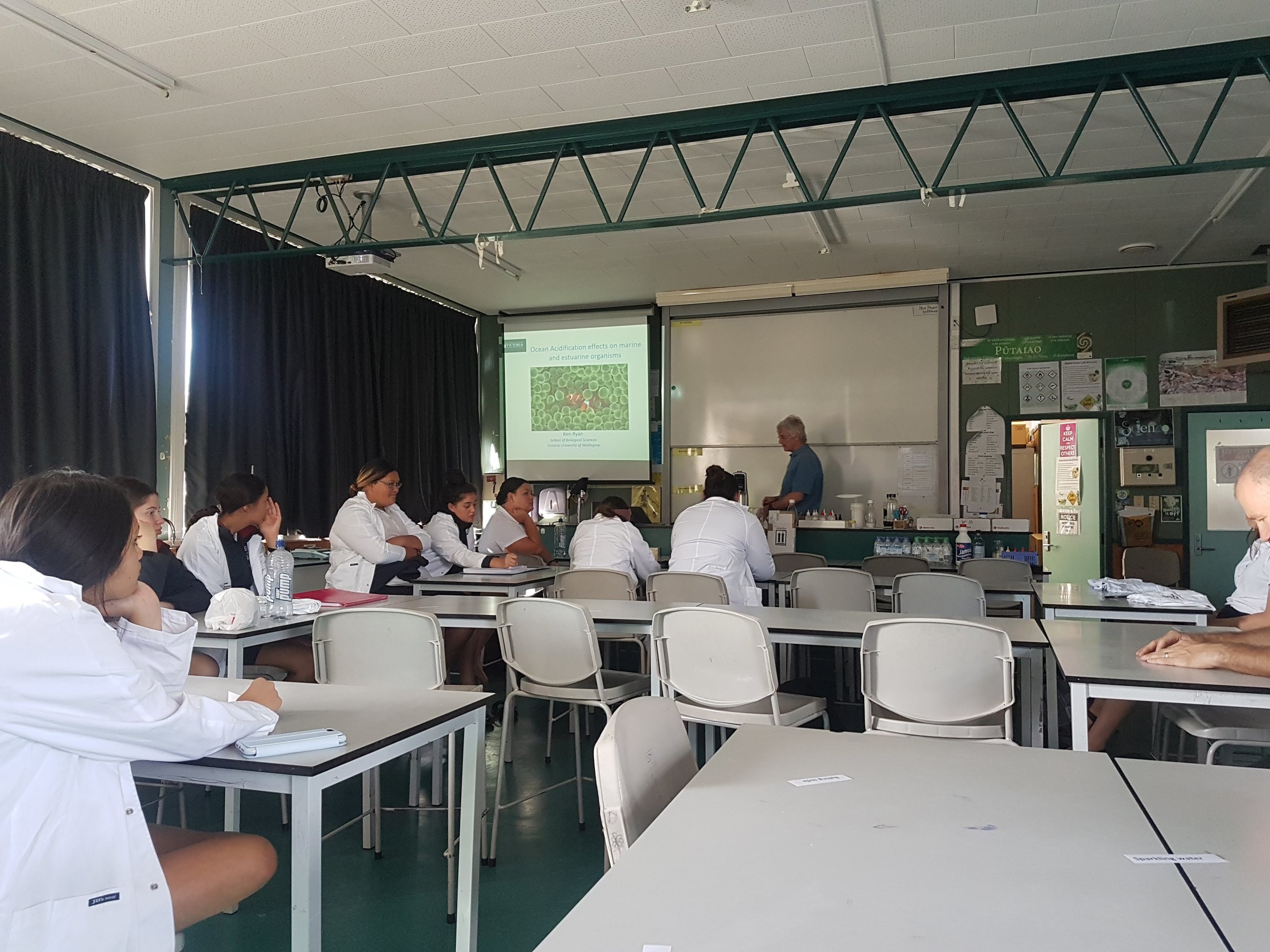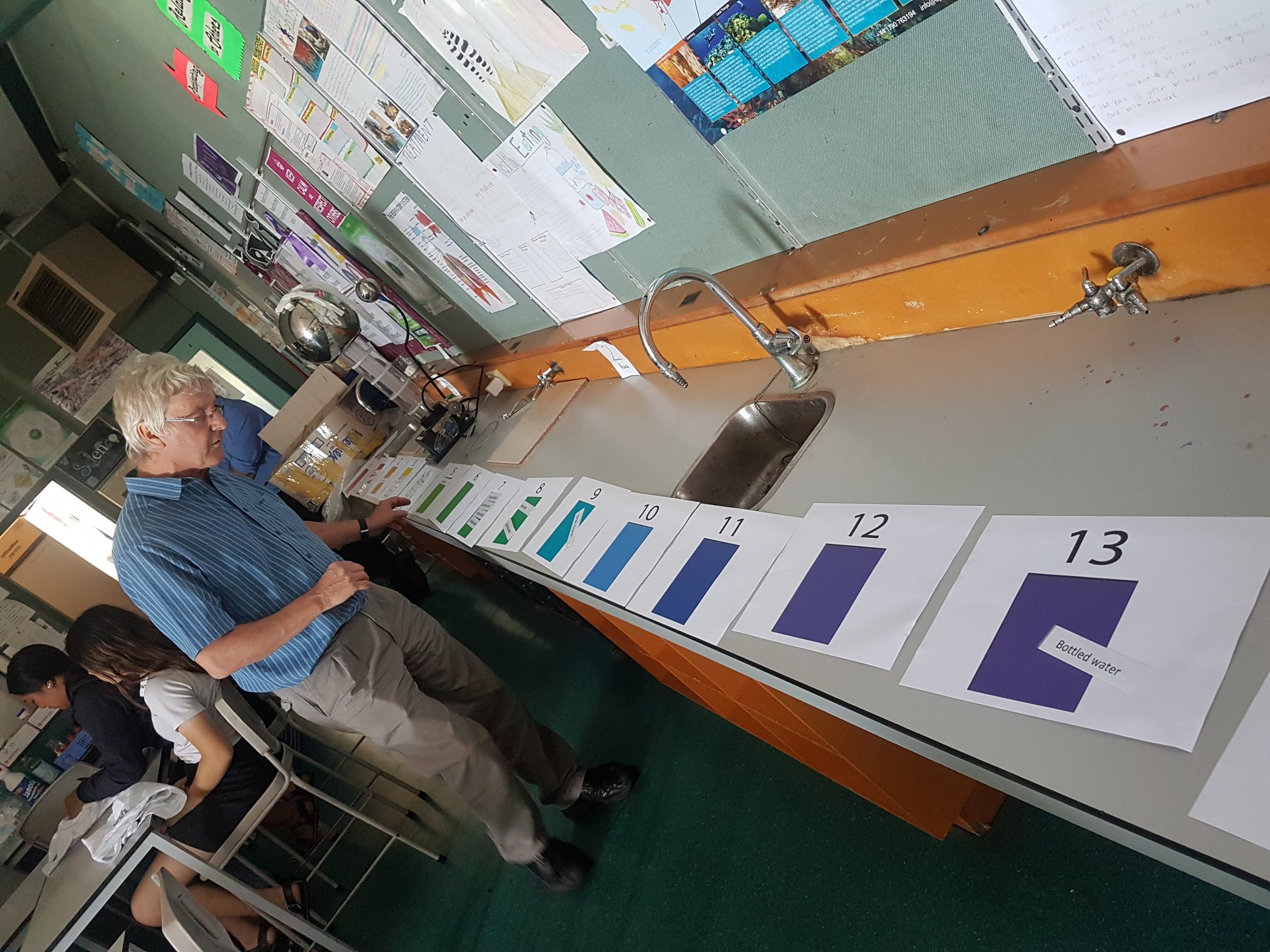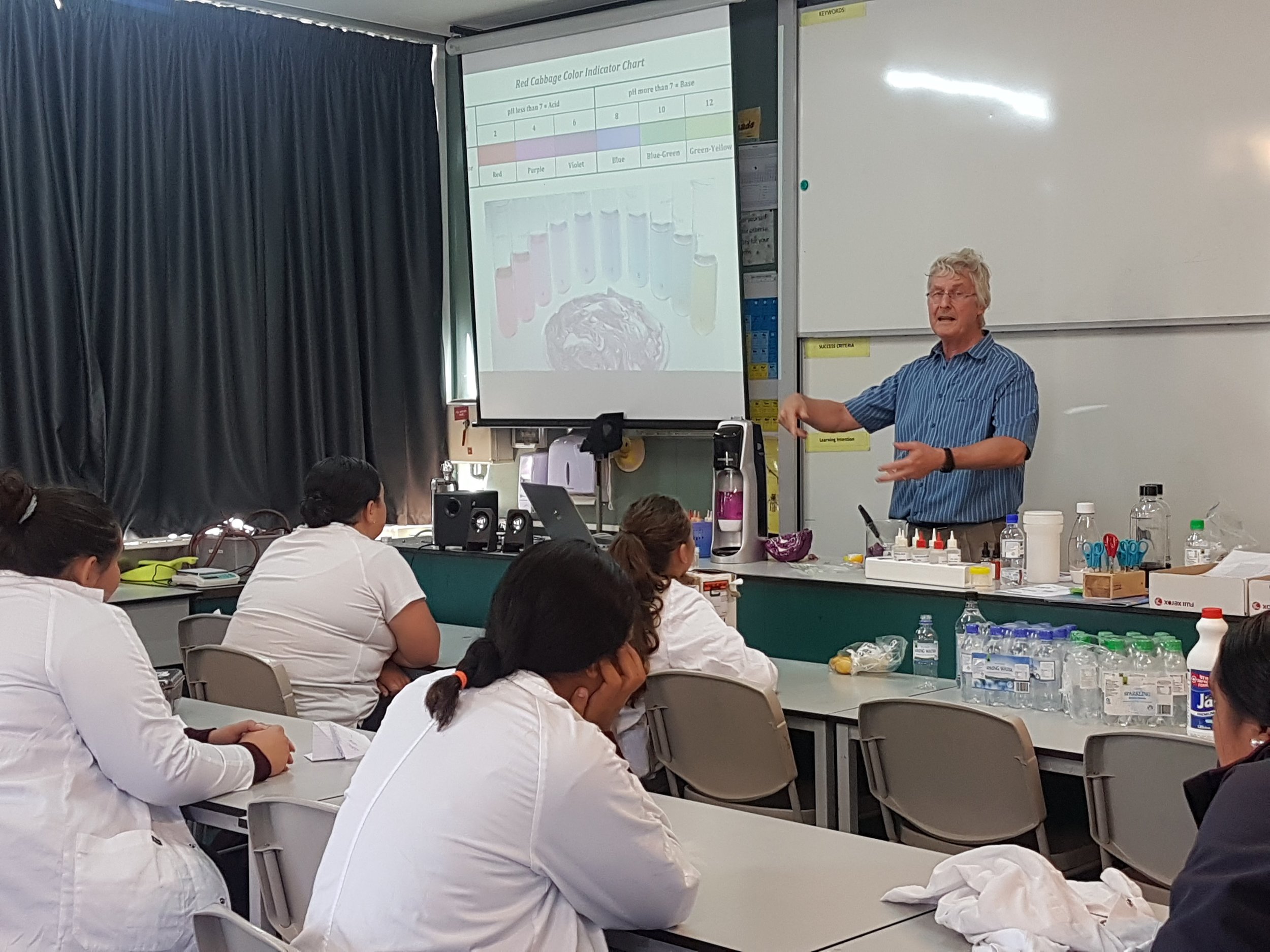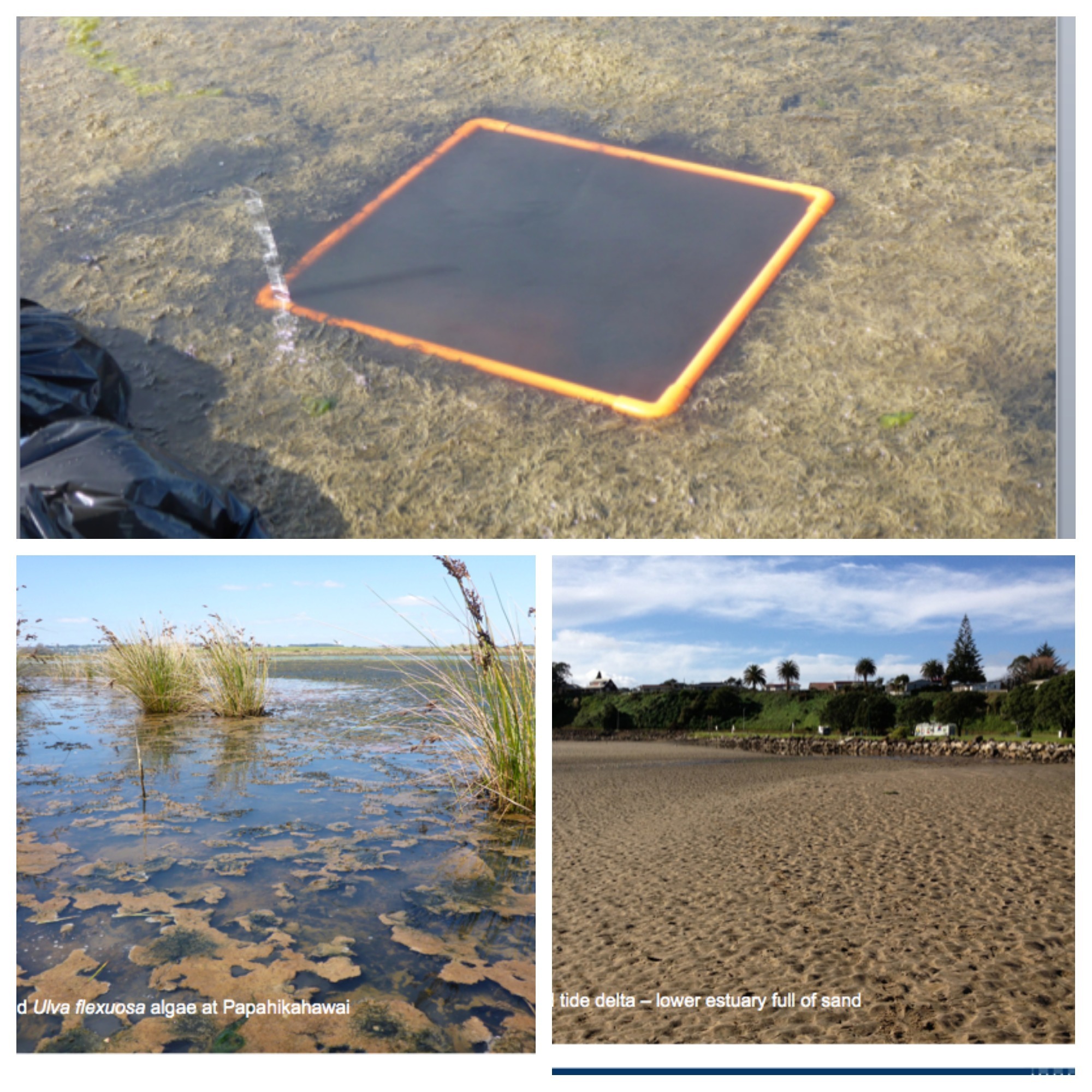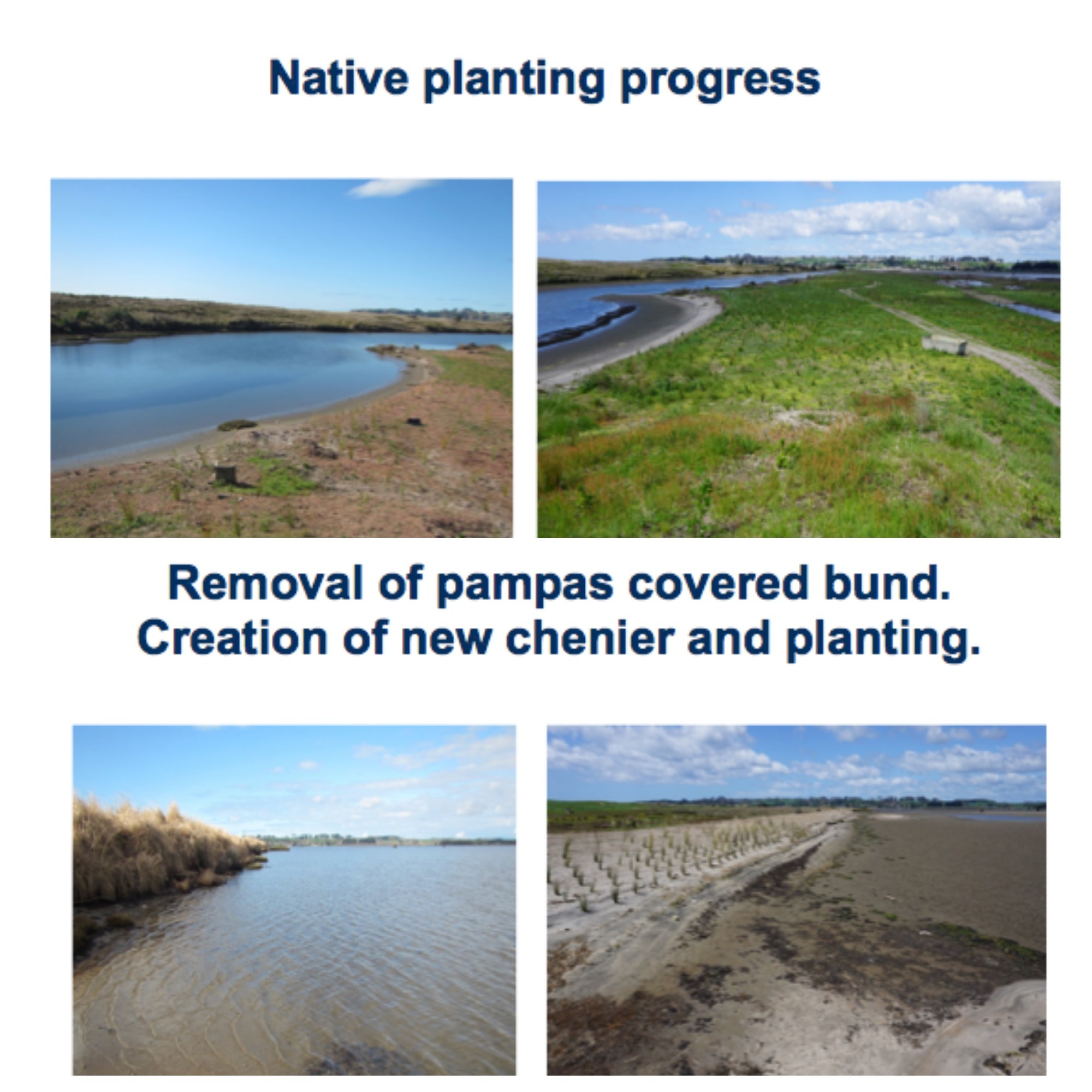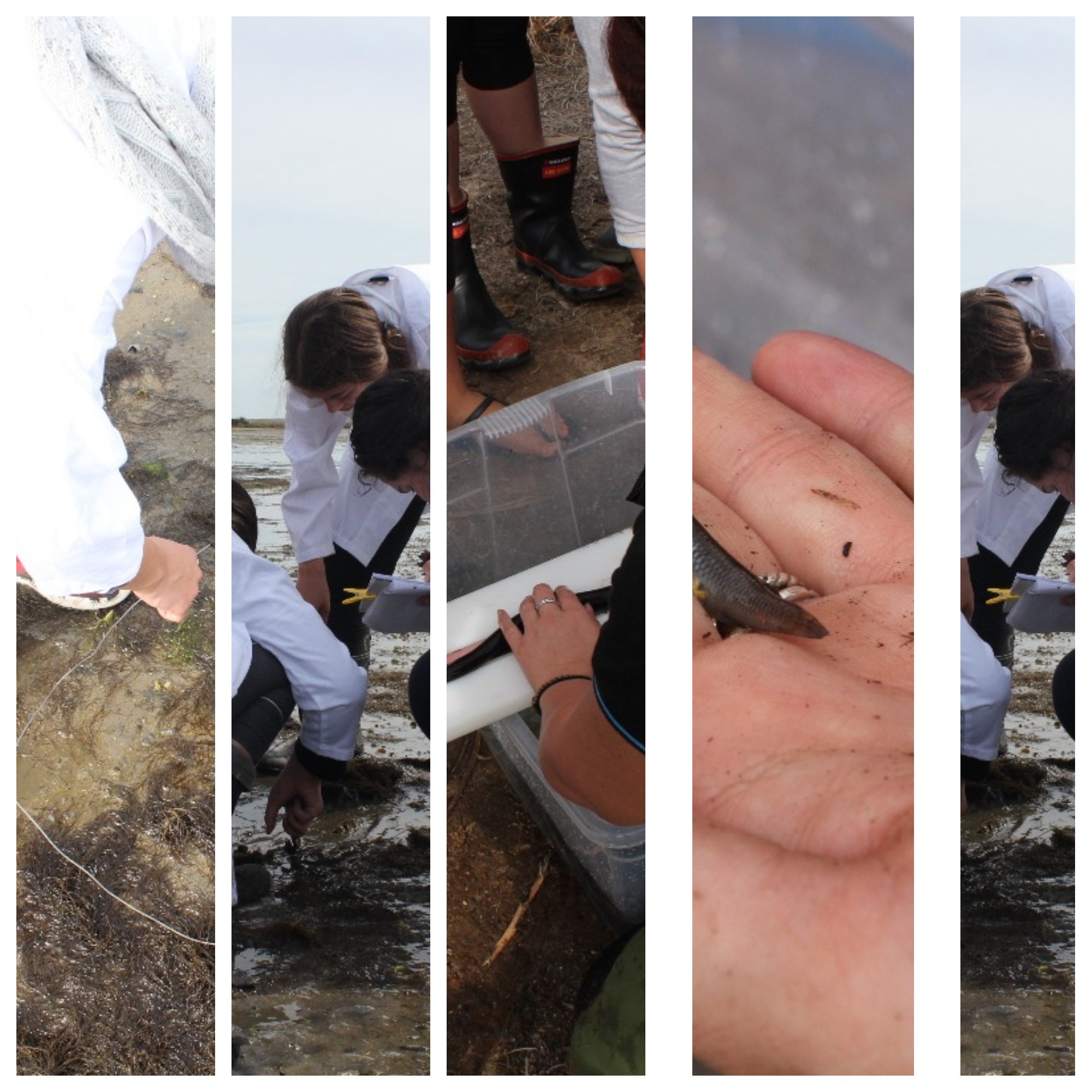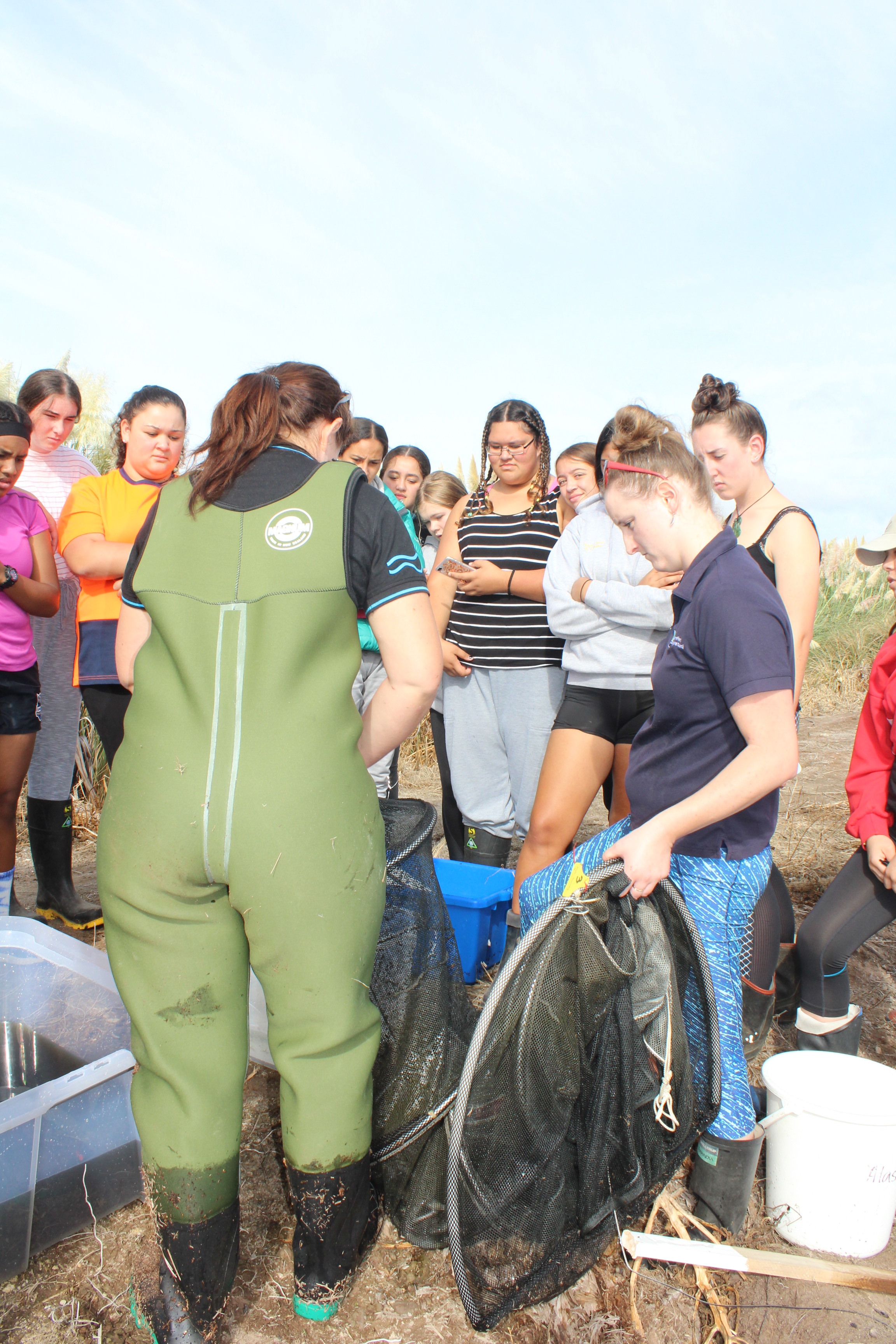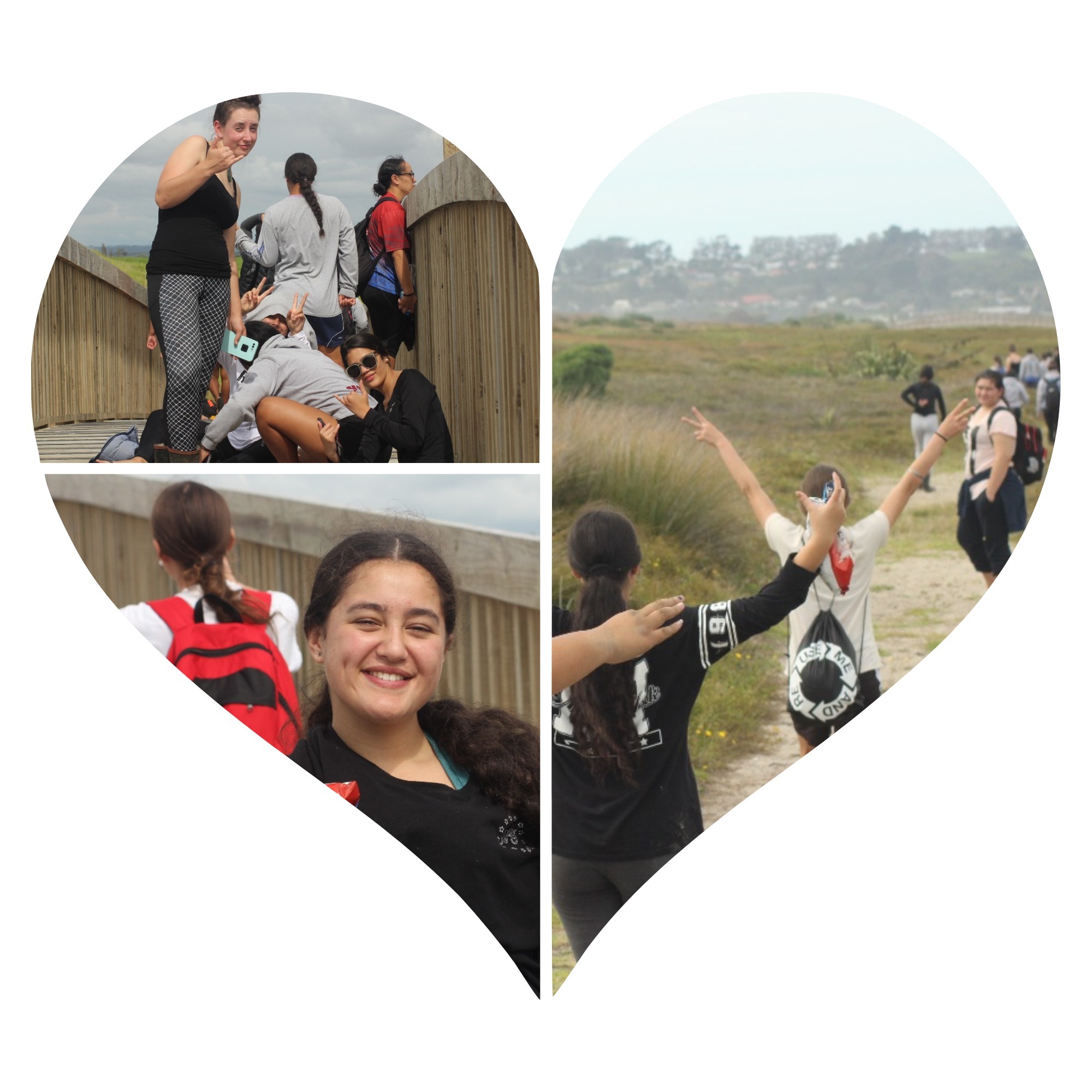Estuary and ocean science
Year 11 Rotorua students launched their program with an investigation of the effects of ocean acidification on our coastlines. Dr Ken Ryan Associate Professor Programme Manager (Ecology and Biodiversity), Biology School of Biological Sciences, Victoria University visited the students and shared his experiences of Antarctica with the students as he introduced the topic.
Rangatahi learnt how ocean acidification reduces the amount of carbonate, a key building block in seawater. This makes it more difficult for marine organisms, such as coral and some plankton, to form their shells and skeletons, and existing shells may begin to dissolve.
Ocean acidification
https://coastadapt.com.au/ocean-acidification-and-its-effects
Dr Ryan explained how changes in marine ecosystems will have consequences for our societies, which depend on the goods and services these ecosystems provide. The implications necessitate reducing carbon emissions alongside us helping marine ecosystems to cope better with changing environmental conditions.
Students appropriated these learnings as they investigated the Maketu estuary. Pim de Monchy – Kaituna Catchments Manager, provided an extensive introduction of the Kaituna River Re-diversion and Te Awa o Ngātoroirangi / Maketū Estuary Enhancement Project.
The goal of the project was to significantly increase the volume of water (particularly freshwater) flowing from the Kaituna River into Ongatoro/Maketu Estuary by 2018 in a way that maximises the ecological and cultural benefits (particularly wetlands and kaimoana) while limiting the economic cost and adverse environmental effects to acceptable levels.
Maketu estuary
Rangatahi learnt first hand of the extensive work being put in by the Bay of plenty Regional Council including amongst these:
45 hectares land acquisition
Investigations and modelling
Consenting and appeals
Causeway removal
Papahikahawai Bridge
Chenier creation
18,000 plants so far
According to NIWA experts, estuaries have a life: they are born, they age, and they die. The birth occurred gradually from around 10,000 years ago when the ocean began rising from about 150 m below its present level. As the ocean rose, it also marched across the landscape, drowning everything in its path. Around 6,500 years ago, the sea stabilised at more or less its present level, the coastline as we know it today began to become recognisable, and New Zealand’s current quota of around 300 estuaries was established.
During the students’ field trip they explored the Maketu estuary assessing water quality and monitoring wildlife. Mr Pims and members of the Bay of Plenty Regional council accompanied the students, supplying them with a range of first-hand experience. Students were equipped with quadrats of varying size, measuring tapes, nets or sieves, white trays, buckets, sample containers etc to conduct their scientific investigation. Mr Pims indicated that baseline monitoring in the upper estuary reinforced the need to improve water quality and wildlife habitat there.
"During recent fish surveys, we found only tuna (eels) and mosquito fish (Gambusia). Other fish species that we would expect to see weren't there, probably because the water has very low oxygen levels. It's great to know there's already good numbers of tuna there and we expect them to thrive with improved flushing in the upper estuary. We also hope to see other species such as inanga, mullet, flounder and kahawai recolonise the area known as Papahikahawai Lagoon," Mr de Monchy said.
As students learnt about the planned work to re-divert Kaituna River and enhance Ongatoro/Maketu Estuary; little opportunities to become involved in such a substantial initiative becomes our investment in the future generation.
The project hopes to 'maximise the flow into the Ongatoro/Maketu estuary while keeping Te Tumu cut open for flood protection and boating access. Creation of additional wetlands upstream in the Lower Kaituna Wildlife Management Reserve is ongoing and will also provide a sand source for new stop banks associated with the Kaituna River re-diversion. The re-diversion will significantly change the existing landscape, particularly to low-lying land north of Ford’s Cut. It will also re-create at least 20 hectares of wetland habitat, partially restoring the landscape to what it looked like before 1956.'
Current Updates on progress
Resource consents and conditions for the project were completed in May 2016.
Land acquisitions and detailed designs for the project are finalised.
On 29 March 2018, Regional Councillors awarded a contract for construction works to J Swap Contractors Limited. Construction work is expected to start by September 2018.

